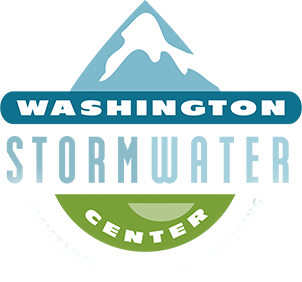
CSGP: Apply for Coverage
After assessing your site, you need to begin the application process in the form of an electronic Notice of Intent (eNOI).
While the NOI application process isn’t lengthy, there are several critical pieces of information you must know to complete the NOI. These items are explained in more detail below.
Navigating Ecology’s Website
There are several online accounts you must set up before you are able to access and submit permit documents. These accounts include a Secure Access Washington (SAW) account, A Department of Ecology Signature account, and Ecology’s WQ Web Portal. The NOI must be submitted on the WQ Web Portal a minimum of 60 days before site operations. Information gathered during the NOI process will be public information on the State of Washington Water Quality Permitting and Reporting System (PARIS), so it is important that the information is accurate and complete.
Location of Outfall and Discharge Locations
As part of the NOI process, you will be required to identify all the locations where stormwater leaves your project (known as “discharge locations”), and where that stormwater enters a receiving water or infiltrates into the ground (known as “outfall locations”). While discharge locations are located at the boundary of your site, outfalls can be located some distance away. Identifying these locations can be tricky and often requires site walks and reviewing your jurisdiction’s GIS maps or archived drainage maps.
SEPA and Public Notice
Construction sites will be required to enter information regarding their State Environmental Policy Act (SEPA) decision as part of the NOI. Many sites will have to go through this SEPA process, while some may be exempt. For more information about the SEPA process see our SEPA Page.
Public Notice is required for all sites in conjunction with the NOI process. Public notice must be published in a newspaper that is circulated within the county your project resides. This notice must circulate at least once a week for two consecutive weeks (7 days apart). A 30-day public comment period begins the day of your second public notice publication. It is important to understand that Ecology will not give you permit coverage until after the 30-day public comment period is over.
Site Map
You will also be required to submit a site map for your project with your NOI. Site maps are also a critical component of your SWPPP, and need to identify where your site is, where construction and storage activity takes place, where the stormwater leaves the site, and where sampling will occur as part of 11 site map elements.

Erosivity Waiver
Small, low-risk sites under 5 acres or sites that don’t discharge into the waters of the state may apply for an erosivity waiver. An erosivity waiver waives the operator from coverage under the CSGP. To be eligible for an erosivity waiver, your site must not only be under 5 acres, but the site must have a calculated erosivity factor (“R factor”) under 5 and have all construction activities occurring in the “dry season”.


